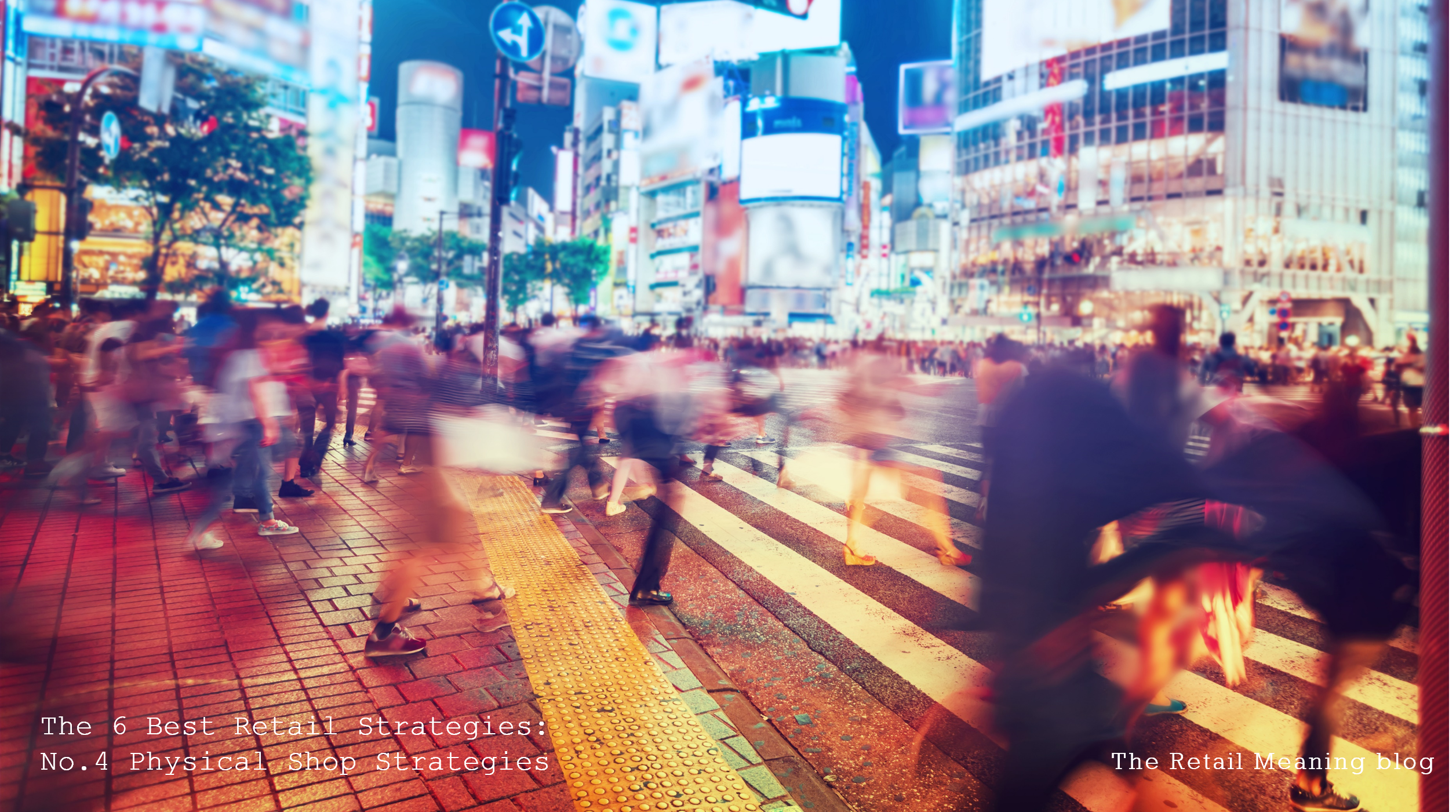Physical shops: Places in our hearts & minds
COVID was supposed to be the death knoll for physical shops. It was of course immensely damaging and resulted in many shops closing and businesses folding. Customers naturally migrated to digital channels, some permanently and others temporarily.
Despite the whole channel being closed, the physical shop, in its best incarnations has already continued to bounce back. Despite everything, it is still the major channel for many customers, across most sectors, in the majority of markets, across the world.
However, what has survived the seemingly impossible, will not be the same as before. It never will, and why should it be?
‘Zero tolerance’ to minimum standards
Before you look for magic to turn around the fortunes of your shops, it’s worth looking at some more mundane actions to transform the underperforming store.
Firstly, don’t expect customers to love your shops if you don’t love them yourselves. Are your shops dirty and untidy, with broken lightbulbs? You wouldn’t leave your houses like that if guests were coming round. Especially guests who were potentially going to give you money. So, as a priority keep your shops clean and tidy. It’s not the greatest ambition on the road to being an essential retailer, but it’s an alarmingly common evolution for many retailer businesses.
Prioritise a minimum standards, ‘zero tolerance’ approach to your shop estate and for every shop that you have.
Prioritise your customer
Care for your customer, care for your products. So never run out of stock. Keep your shelves full, and make sure all your best sellers are on display, and not in the stockroom.
Ensure that your shop is appropriate and relevant for your customer demographic. Fill your shop with products they want, and not with those that other people like. And just as much as I am an advocate of visual merchandising, only put in the level that is required for your customer.
If they love beauty and have the time to admire it, then make your shop beautiful. If they don’t, then don’t waste money and effort on something which at the best will be invisible, and at worst irritating. If they don’t want beauty, give them efficiency, order and clarity, with the cleanliness thrown in for nothing.
The customer ‘Retail Hub.’
A physical shop was originally designed to sell, and nothing else. Its space was viewed in terms of capacity. The space segmentation decisions were limited to how much space was required for the stockroom, and how little space we could give to our shop teams, to sit, to eat and to function as sales assistants. Those times are finished.
Today’s shop must be a combination of a traditional physical shop, a dark-shop storage area for collections, an eBike parking place for deliveries, a space for colleagues to relax and stretch, a space to demonstrate product for zoom customers, desk space for local managers and regional managers, and offices for local meetings and community.
Storing, and shopping, are the equal and opposite reasons why physical retail will survive.
Community spirit
Make shops meaningful, by making them part of the community they serve. Instill the important mind-set across the business that shops and shop colleagues are there to ‘serve’ the customers. The customer is not there to pay your wages or send you on holiday.
The important street battle is no longer between retailers competing against each other, but as locations competing against other locations for footfall. In a footfall fight, it is ‘united we stand and divided we fall.’ Encourage and facilitate shops to collaborate and coordinate as part of locations, whatever the size of your business. Support your shop to be involved in community social media initiatives, posting & publicising events, and joint promotions with other retailers. The impact on footfall is much more positive when communications are integrated across a community of shops, rather than uncoordinated, individual retailer initiatives.
Shops are the opportunity for retail brands to be the hubs of customer communities, to create loyalty in a genuine and sustainable way. They should become hubs for the whole business – for selling product, for collecting product and returning product, for answering questions and solving customer problems.
Follow the customer
The customer will be harder to find. More living, working, shopping combinations will appear in more diverse locations, re-inventing old town centres and re-imagining new developments and building renovations, driven by the post-COVID desire to work and live more flexibly. Retailers will need to adapt further, by adopting a dynamic and flexible shop estate strategy to ‘follow the customer’
Online and offline, to market and to sell, the retailer will now need to be wherever the customer wants them to be. The move to shorter-lease times will be symptomatic of this trend, and also the proliferation of pop-up shops, and marketplaces, and pop-up shopping centres. Even the defining lines between a shop and a pop-up shop will become blurred. Permanent retail shops will be flexible, and dynamic and increasingly transient. Pop-up shops will take dynamic decisions to stay in locations for longer or to move to ‘pastures new.’
Further exploitation of the potential of the physical shop depends on a further devolution of power from head office to the shop manager and shop team. This responsibility should be supported by comprehensive training on customer relationship building, conversational skills, active listening, product knowledge retention, visual shop enhancement & social media marketing.
The shop team should be empowered to adopt a single model, each contributing to, and benefitting from, their involvement in the complete running, and performance of the shop.
The shop manager, once again, will be “the New Shopkeeper.”
